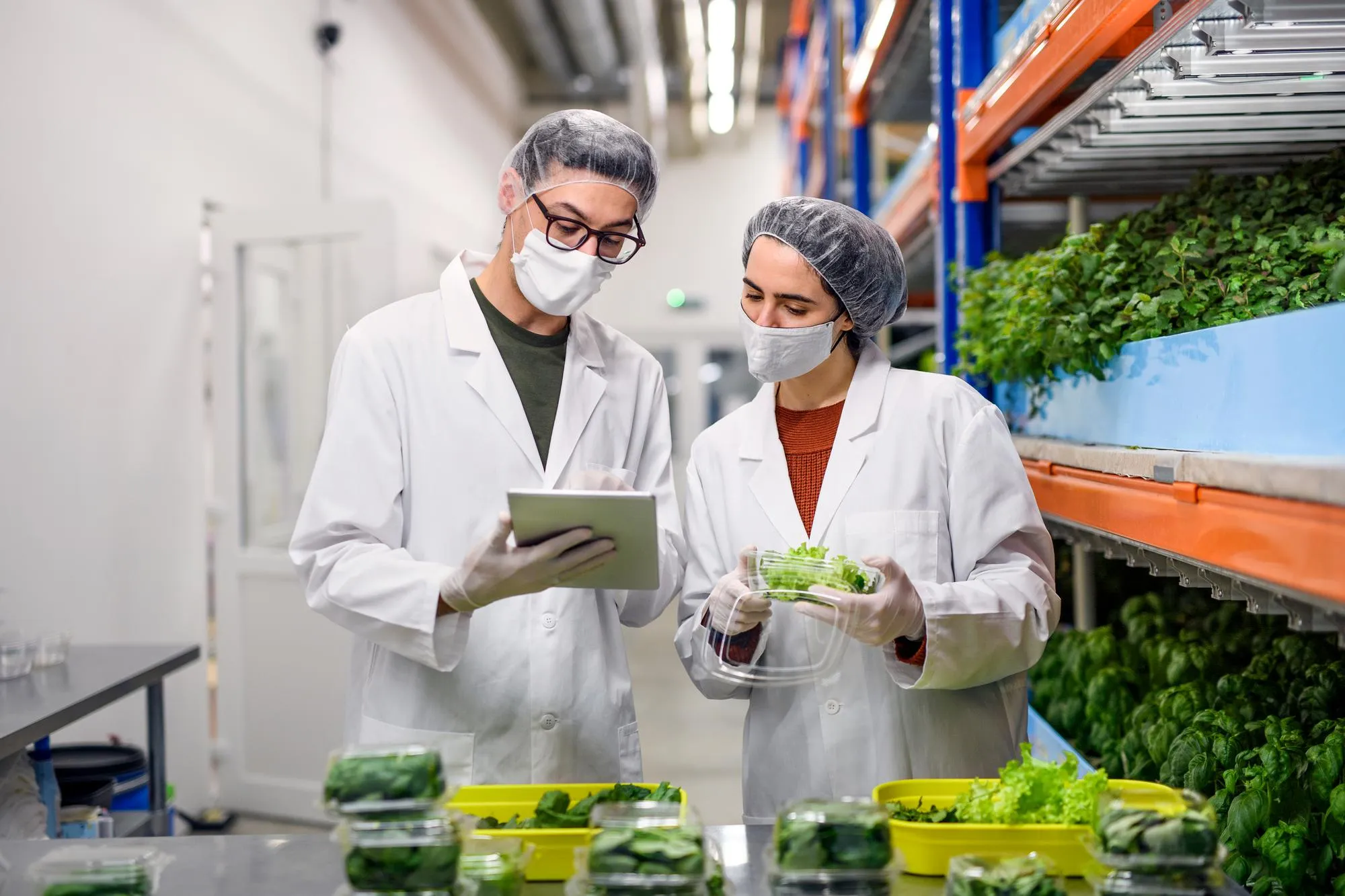Keywords
1. Food Safety
2. Natural Preservatives
3. Antimicrobial Compounds
4. Lactobacillus Metabolites
5. Phenyllactic Acid Production
In a remarkable stride forwards for food technology, researchers at the Faculty of Life Science and Technology, Kunming University of Science and Technology, together with collaborators from Chuxiong Medical College and Shandong Tobacco Monopoly Bureau (Company), have revealed groundbreaking insights into the production of two potent food-borne pathogen inhibitors: phenyllactic acid (PLA) and p-hydroxyphenyllactic acid (p-OH-PLA). Their findings, published in the Journal of Agricultural and Food Chemistry (DOI: 10.1021/acs.jafc.9b01444), illuminate how different concentrations of glucose influence the biosynthesis of these compounds using the Lactobacillus plantarum strain YM-4-3, with implications on broader food safety and preservation techniques.
The study demonstrates how glucose, a simple sugar, is instrumental in dictating the synthesis of PLA and p-OH-PLA, both of which exhibit significant antibacterial and antifungal properties. By investigating the fermentation behavior of Lactobacillus plantarum, a bacterium commonly associated with plant material and a workhorse in fermented food production, the research team has unlocked a valuable piece of the food preservation puzzle.
Phenyllactic Acid (PLA) and p-Hydroxyphenyllactic Acid (p-OH-PLA): Natural Antimicrobial Agents
Scientists have long been intrigued by and have extensively studied the protective agents known as antimicrobial compounds. These are substances that can inhibit the growth or survival of harmful microorganisms, such as bacteria and fungi. In a world where food safety is of utmost concern, the quest for natural, harmless, and effective antimicrobial agents has been particularly intensive. PLA and p-OH-PLA standout as natural preservatives with the potential to offer a safer alternative to chemical preservatives, which are often scrutinized for their long-term health effects.
Media Concentration and Antimicrobial Yield
The study detailed in the Journal of Agricultural and Food Chemistry highlights the peak production levels of PLA and p-OH-PLA at different glucose concentrations. The highest yields of PLA (68.53 mg/L) were observed after the fermentation of Lactobacillus plantarum strain YM-4-3 in media containing 30 g/L glucose. Similarly, for p-OH-PLA, 50.39 mg/L was the peak yield in media with a lower glucose concentration of 10 g/L. This variance in optimal glucose concentration for the production of both preservatives may offer food technologists much-needed flexibility in product formulations, particularly in industries where sugar content is a key consideration, such as in beverages and low-calorie foods.
Mechanisms and Genetic Contributions
A closer look at the metabolic pathways utilized by Lactobacillus plantarum reveals the principal role of glucose and 2-oxoglutarate/malate translocator (OMT1) in the synthesis of these preservatives. The translocator is an integral part of the cell’s energy balance, shuffling intermediates such as malate and 2-oxoglutarate across membranes. As a result, the research unearths the genetic determinants for the production of antimicrobial compounds and underscores the relevance of cultivating certain genetic strains of bacteria with these desirable traits.
Implications on Food Microbiology and Safety
The implications of producing these antimicrobial agents are far-reaching, particularly in food microbiology and safety. Indeed, the antimicrobial activity of the Lactobacillus plantarum strain YM-4-3 against food-borne pathogens could lay the foundation for its application in various food products, enhancing shelf life and helping to stem the spread of food-borne illnesses without relying on synthetic preservatives.
The science behind using such biological preservatives extends to the domain of the NADH/NAD+ ratio, a key player in cellular processes. The ratio guides the biosynthesis of these antimicrobial agents, with optimal conditions facilitating the production of compounds that inhibit the growth of pathogens.
The Future of Food Preservation
The prospect of integrating PLA and p-OH-PLA more broadly into food preservation techniques is promising. As the world grapples with challenges such as dietary health concerns, supply chain sustainability, and the global rise in antibiotic resistance, leveraging naturally occurring antimicrobial compounds is not only innovative—it is necessary.
Research such as this not only provides valuable insights into the fundamental processes involved in producing these compounds but also opens doors to further exploration into the variety of Lactobacillus plantarum strains and their capacity to synthesize different antimicrobial compounds. The possibilities for creating customized microbial cocktails tailored to target specific pathogens in diverse food matrices could revolutionize the way we think about and handle food safety.
Conclusion
The study, published under DOI: 10.1021/acs.jafc.9b01444, represents a significant advancement in understanding how glucose influences the metabolic processes that lead to the production of natural antimicrobial compounds. These findings pave the way for more natural, healthful food preservation methods, free from artificial additives.
As we look ahead, research like this will likely continue to inform a new era of food technology, in which natural processes and compounds are harnessed to safeguard the food supply while maintaining alignment with consumer preferences and environmental sustainability goals.
The race to understand and implement solutions in the fight against food-borne pathogens continues, but with discoveries like these, we are better equipped to make food safer, healthier, and more sustainable for future generations.
References
1. Dao, Y. Y., Zhang, K., Lu, X., Lu, Z., Liu, C., Liu, M., & Luo, Y., Faculty of Life Science and Technology, Kunming University of Science and Technology, Kunming 650500, People’s Republic of China. (2019). Role of Glucose and 2-Oxoglutarate/Malate Translocator (OMT1) in the Production of Phenyllactic Acid and p-Hydroxyphenyllactic Acid, Two Food-Borne Pathogen Inhibitors. Journal of Agricultural and Food Chemistry, 67(20), 5820–5826. https://doi.org/10.1021/acs.jafc.9b01444
Additional references are not provided but would typically include prior research on Lactobacillus plantarum, the methodological approaches for measuring antimicrobial activity against food-borne pathogens, and the role of these natural compounds in various food preservation applications.
